Tips for Field Data Collection This Growing Season
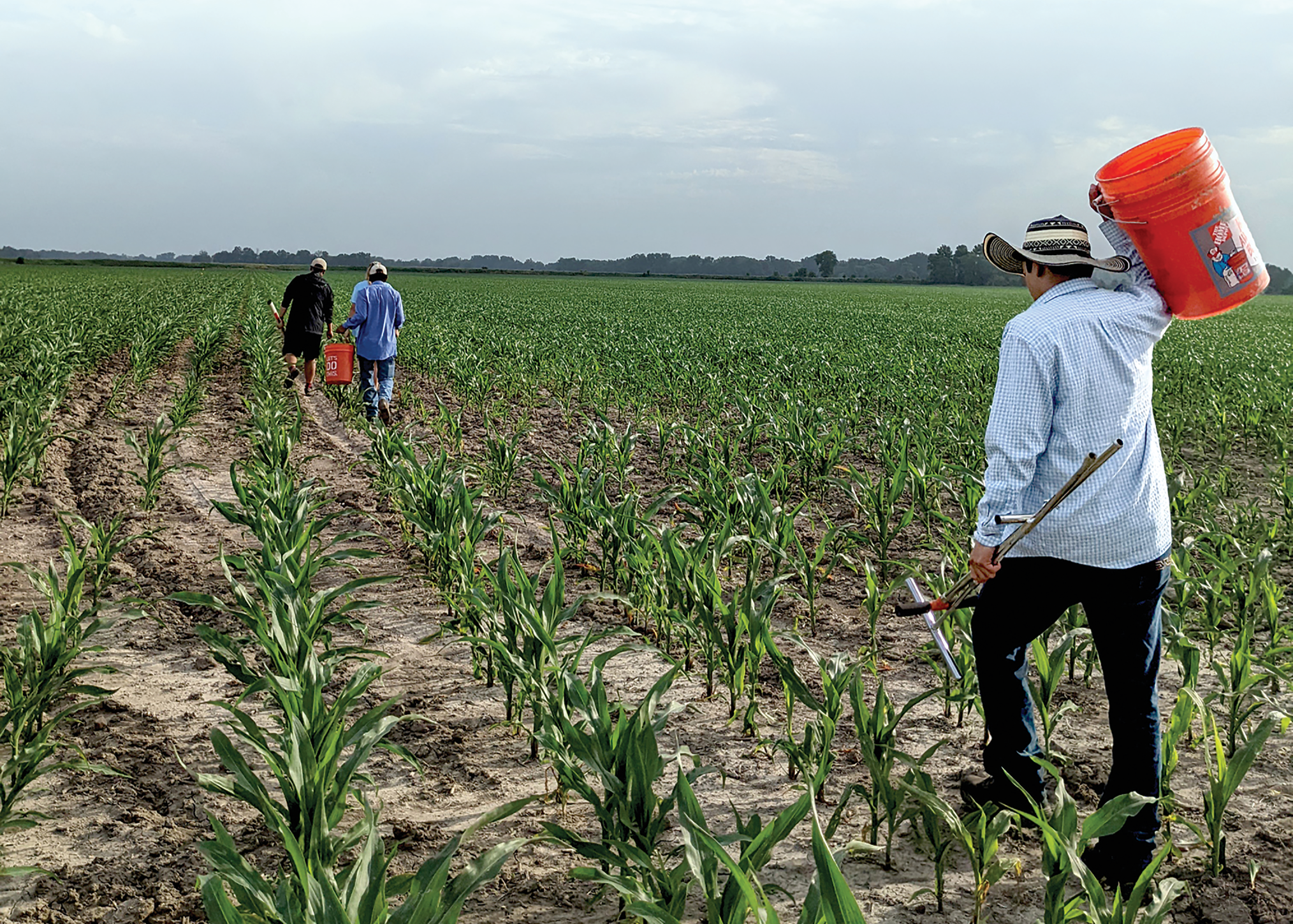
Have you heard the expression, “garbage in, garbage out”? In research, it refers to the concept that poor data will lead to poor and unreliable findings (Kilkenny & Robinson, 2018). Proper data collection determines the quality of a study, and it starts well before the actual process of gathering and measuring information in the field.
The goal of this article is to provide some recommendations for field data collection to grad students who are starting their research programs. After reading this article, you will know the importance of establishing clear goals and building a solid team, tips for time management and organization, and critical aspects to consider before and once you are in the field.
Setting Clear Goals
Clear goals are fundamental for effective field data collection. Without well-defined goals, it can be challenging to identify what data to collect and how to collect it, leading to potentially inaccurate, irrelevant, or missing data. All the time and effort that you invest in collecting the data throughout the season can be a waste if clear goals are not defined for data collection beforehand.
Time and effort that you invest in collecting the data throughout the season can be a waste if clear goals are not defined for data collection beforehand.
A clear understanding of what data to collect will arise from well-set objectives and hypotheses for the project. Objectives establish the purpose and scope of the data collection effort. At the same time, hypotheses help identify the potential outcomes and patterns that may emerge from the data. These elements guide the selection of the appropriate data to collect and how to collect it, and they provide a framework for interpreting the results, making work easier later during analysis.
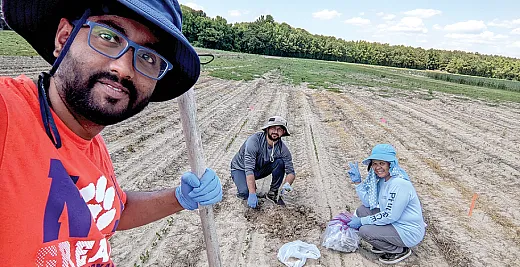
Once the data to collect is defined, it is essential to establish protocols for data collection. The protocols outline the methods, procedures, and standards to be followed while collecting data, ensuring high quality, consistently collected data. Defining protocols is especially important when multiple people are involved in data collection as it helps to reduce variations in data collection techniques and biases that could affect the data accuracy. Having a note in the protocol on some common errors that can occur during data collection will be an additional asset to new graduate students or interns helping in the field. Some common issues to note include potential border effects, compaction of sampling areas during movement in wet soil, collection of biomass/plant samples from areas to be harvested for yield, etc. It is essential to have a contingency plan to address such errors promptly in case they arise.
To ensure that the data collection process runs smoothly and efficiently, it is also essential to test protocols, sensors, and equipment before the first official day of data collection. This allows for adjustments to be made and ensures that any issues are addressed before data collection begins. If you are a new graduate student, make sure you have practiced and understood the protocols well before coming to the field. To make sure everyone is on the same page, ensure that all crew members assisting in data collection clearly understand the protocol.
Building a Strong Team
“Individuals fight, but teams win the battle.” Due to the nature of agronomic-related studies, field data collection usually takes more than one person to be conducted. Thus, building a team that is on the same page with data collection and sampling is essential. As graduate students, we can often interview undergrads or interns that will help with fieldwork over the summer. In this case, it is essential to be clear from the beginning and inform the students that fieldwork and sampling can be physically demanding. Also, make sure you are aware of any allergies your team members may have.
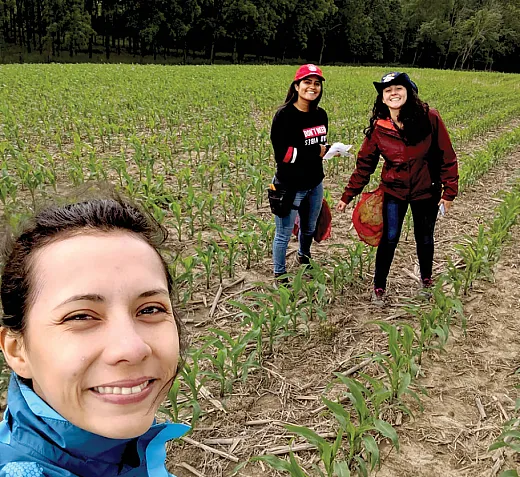
It is crucial that your team knows each other and can work together. Creating a healthy work environment where everyone can share thoughts and opinions is vital. This is especially useful when team members have experience with fieldwork and can give inputs on collecting data more efficiently. Another important aspect when building a team is to provide proper instructions and be as straightforward as possible, even though repeating is necessary. Ensuring the instructions are received and followed will save time on the field and ensure proper data collection.
As the leader of your team, you are responsible for each member. Therefore, you need to make sure your team is doing well. Make sure everyone is hydrated and feeling good on the long days at the field. Provide a safe space where if they have any problem, they can communicate with you to fix it or find possible solutions. Make sure your group can enjoy and have fun with each other since you will be sharing a lot of time over the summer. At the end of the day, building a good team for summer fieldwork will help you endure long days of sampling or data collection, making your work much easier.
Time Management
Time management is key for data collection in the field. Appropriate time estimation and management plans are essential for data collection. Better time estimation for data collection depends upon the nature of your data and crops. Some data must be collected at specific times, like early morning, noon, or evening while other data can be collected throughout the day. Sometimes, data collection takes a lot of time and other times not as much. You should adequately understand your data type and estimate the time requirement accordingly.
For data that is supposed to be collected in a short time, make sure to have enough helping hands, so you can complete it on time. For data that can be collected in a more extended period, make sure to work each day continuously to complete a specific portion each day and finish on the projected time. Make clear notes of where each day starts and stops and which plot or plant to identify progress.
This is important to avoid sampling errors and, when necessary, make notes due to weather if applicable. When working with undergraduate interns, it is very important to know their available hours and plan accordingly. You should be ready with alternative plans if any of the helping hands cannot attend for some reason. It happens frequently.
Good Organization
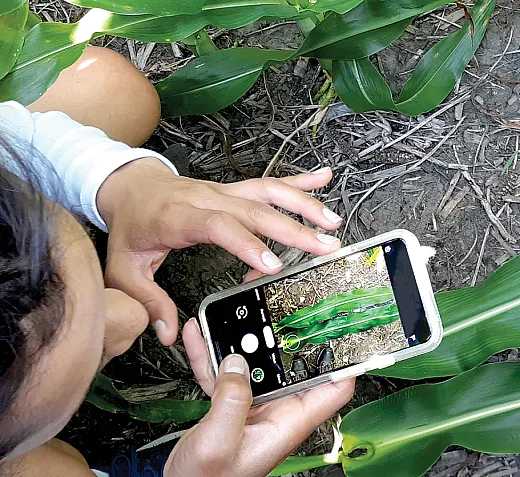
- Create a digital calendar (e.g., Google calendar) in which you include potential dates, variables to sample, and protocols. At the end of the day, add any relevant notes about the day. Looking back at those notes during the data analysis can be very useful.
- Create a checklist before the data collection day to ensure you bring everything you need (protocols, sensors, batteries, record sheets, clipboard, plot maps, cooler, ice, etc.).
- Keep the record sheets organized in a physical binder. If possible, take pictures of your records, to have them as a backup.
- Create a file in which you document key agronomic management information (tillage, planting date, hybrid, seeding rate, fertilizer form, fertilizer application method, fertilizer application dates, rates and dates of irrigation, emergence, flowering, maturity, etc.). This information can be very important when results vary depending on location.
Tips Before and Once You Are in the Field

- Double check that you and your professor are on the same page. Otherwise, you may not collect data/samples that you were expected to collect.
- Before going to the field, define specific goals and a strategy to accomplish them.
- Share the goals and strategy with your team so everyone is on the same page. Be open to suggestions from your team for doing things more efficiently.
- Print a checklist of data to be collected, which includes materials, equipment required, and steps to be followed. Provide the checklist to all the team members.
- If you are collecting data/samples from an on-farm trial, make sure to discuss with the farmer about your plans.
- Double check with the farmer or the manager of the research farm whether it is safe to enter the field. After a pesticide application, entry into the treated area is restricted.
- Instead of giving instructions, explain with an example how you want data to be collected. Indicate potential ways to make mistakes and how to avoid them.
- Make sure your team is fine and has the basic items they require in the field (sunscreen, water, etc.). Their well-being is essential.
- Document the status of the plant (growth stage, diseases, nutrient stresses, etc.) and take pictures for reference.
- Document the weather for the day as this could be key for sample analysis or quality control of data.
- Communicate with your team to make sure everyone is doing good and address any questions they have once in the field.
- While collecting data, keep checking if your team is doing it the right way.
- Trust your team and what you have taught them!
- Make sure data is properly labeled and samples are correctly marked. When taking samples, make sure to count and have the correct number of samples at the end of the sampling day.
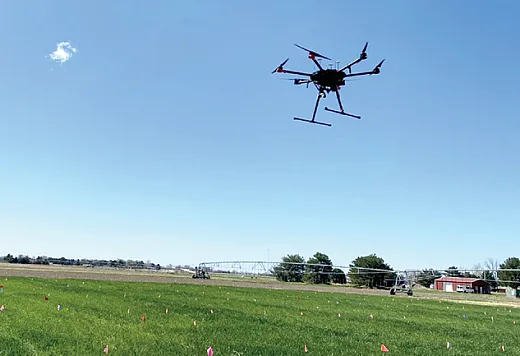
- Don't stress yourself to complete the data collection as soon as possible. Your health is important to complete the data collection and ensure high data quality.
- Take pictures of your records as soon as you are done and (if possible) send them to your email. It is easy to lose record sheets in the field.
- Last but not least, check the weather updates for your field location, plan accordingly for the data collection, and be prepared for any unexpected weather conditions. Sudden change in weather is a common issue for all researchers while working in the field. Adapting to those changes is necessary, especially when you and your team's safety is involved.
In this article, we shared the importance of establishing clear goals, the advantages of building a strong team, tips for time management and organization, and key aspects to consider before and once you are in the field. Do you have more tips in mind you would like to share? If so, please share them with us! Feel free to send your suggestions, comments, and questions to Ana Morales-Ona (aona@purdue.edu).
References
Kilkenny, M.F., & Robinson, K.M. Data quality: ‘Garbage in–garbage out.’ (2018). Health Information Management Journal, 47(3), 103–105. https://doi.org/10.1177/1833358318774357
Connecting With Us
If you would like to give us feedback on our work or want to volunteer to join the committee to help plan any of the mentioned activities, please reach out to Maria Teresa (mariateresa.tancredi@uga.edu), the 2023 Chair of the committee! If you would like to stay up to date with our committee, learn more about our work, contribute to one of our CSA News magazine articles or suggest activities you would like us to promote, watch your emails, connect with us on Twitter (@ACSGradStudents) and Facebook (ACS.gradstudents), or visit agronomy.org/membership/committees/view/ACS238/members, crops.org/membership/committees/view/ACS238/members, or soils.org/membership/committees/view/ACS238/members.
Text © . The authors. CC BY-NC-ND 4.0. Except where otherwise noted, images are subject to copyright. Any reuse without express permission from the copyright owner is prohibited.











